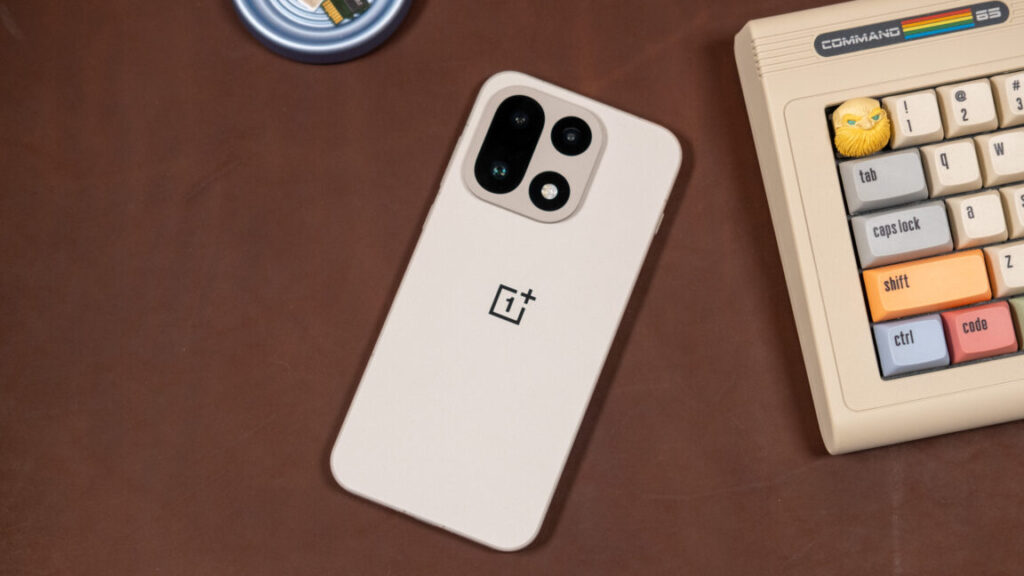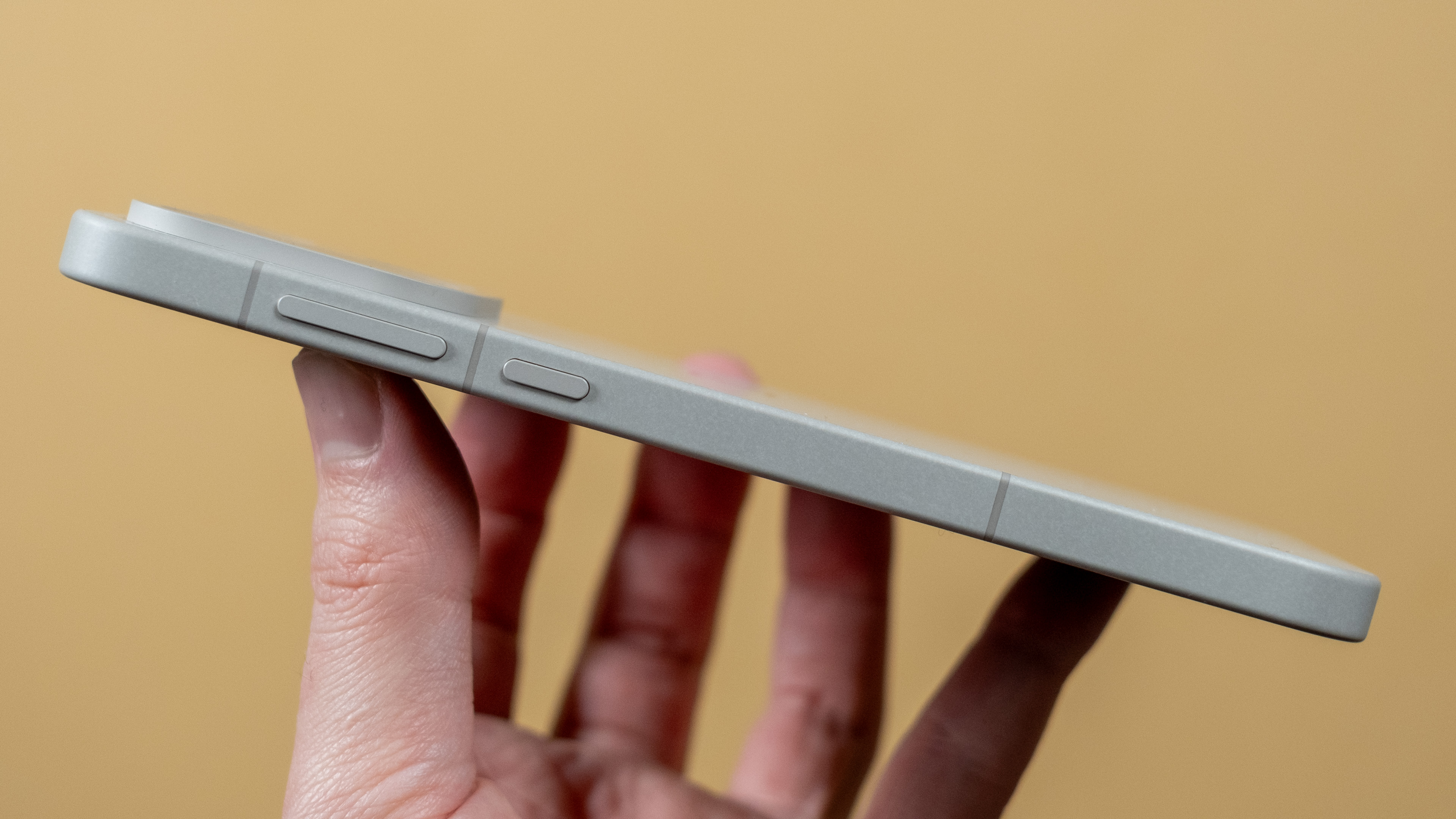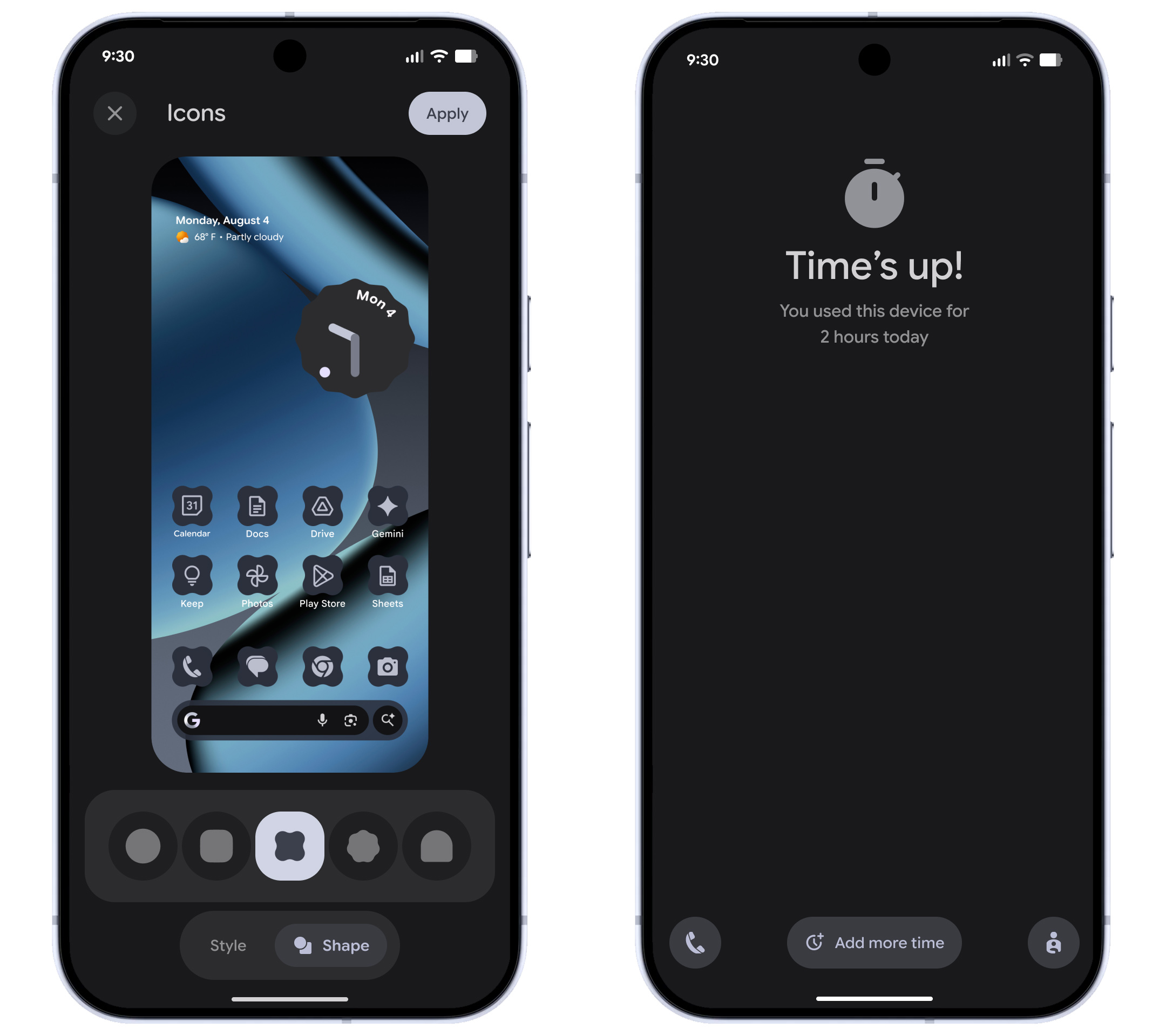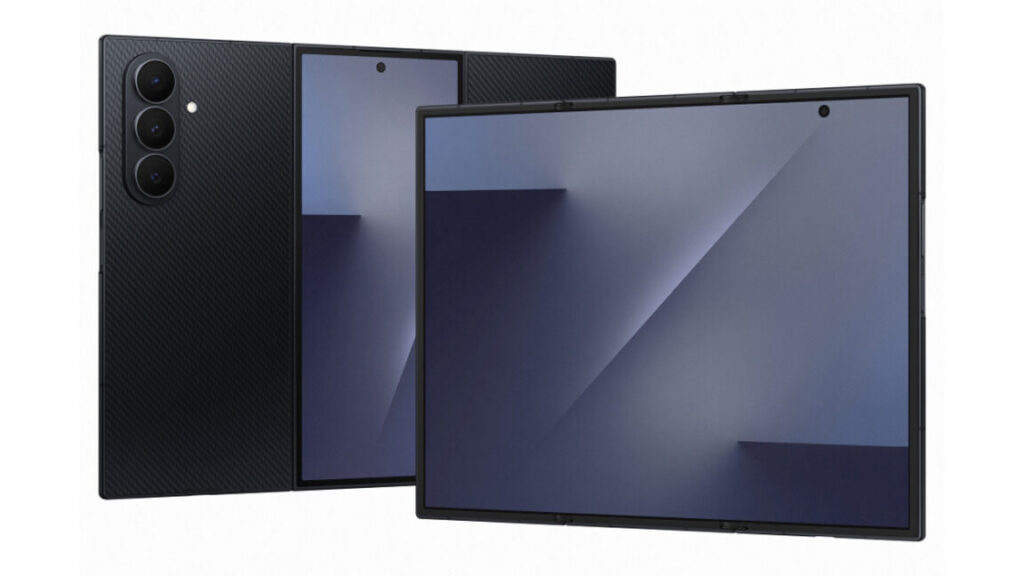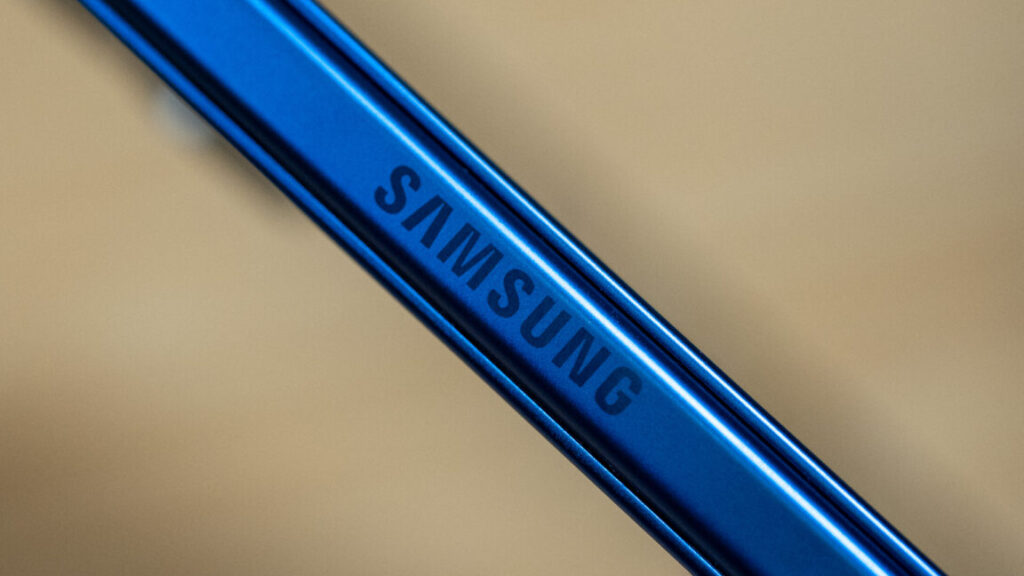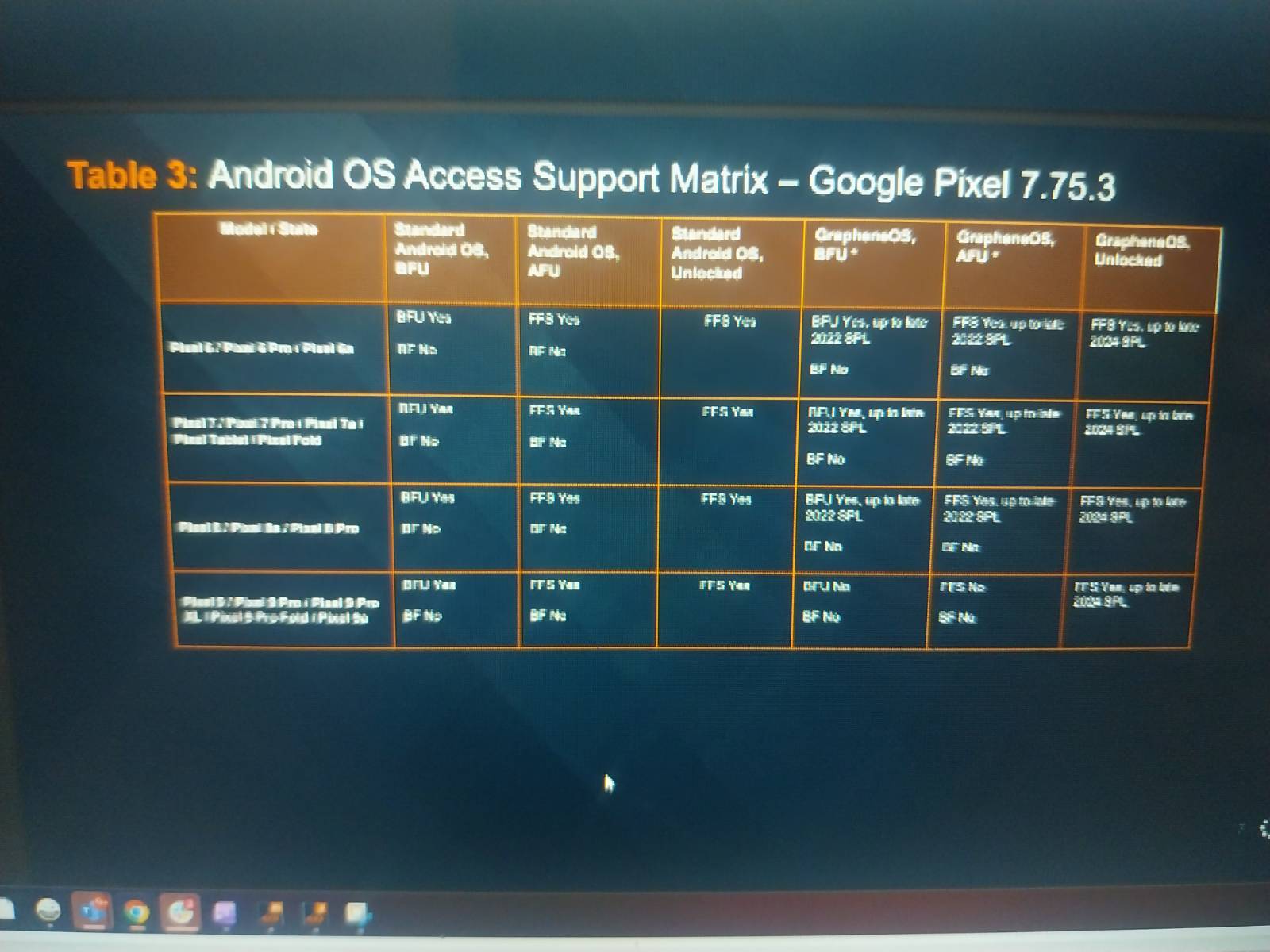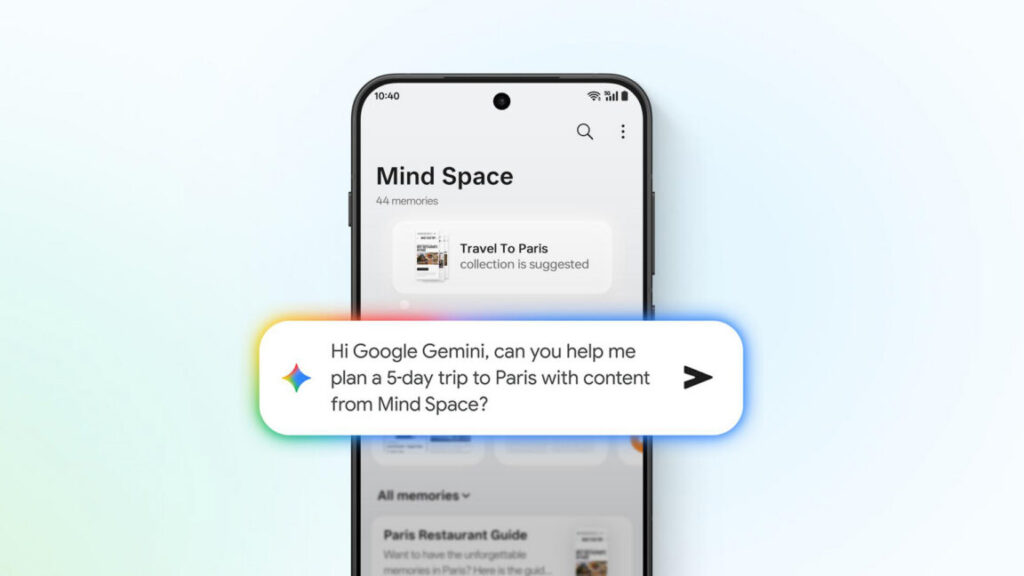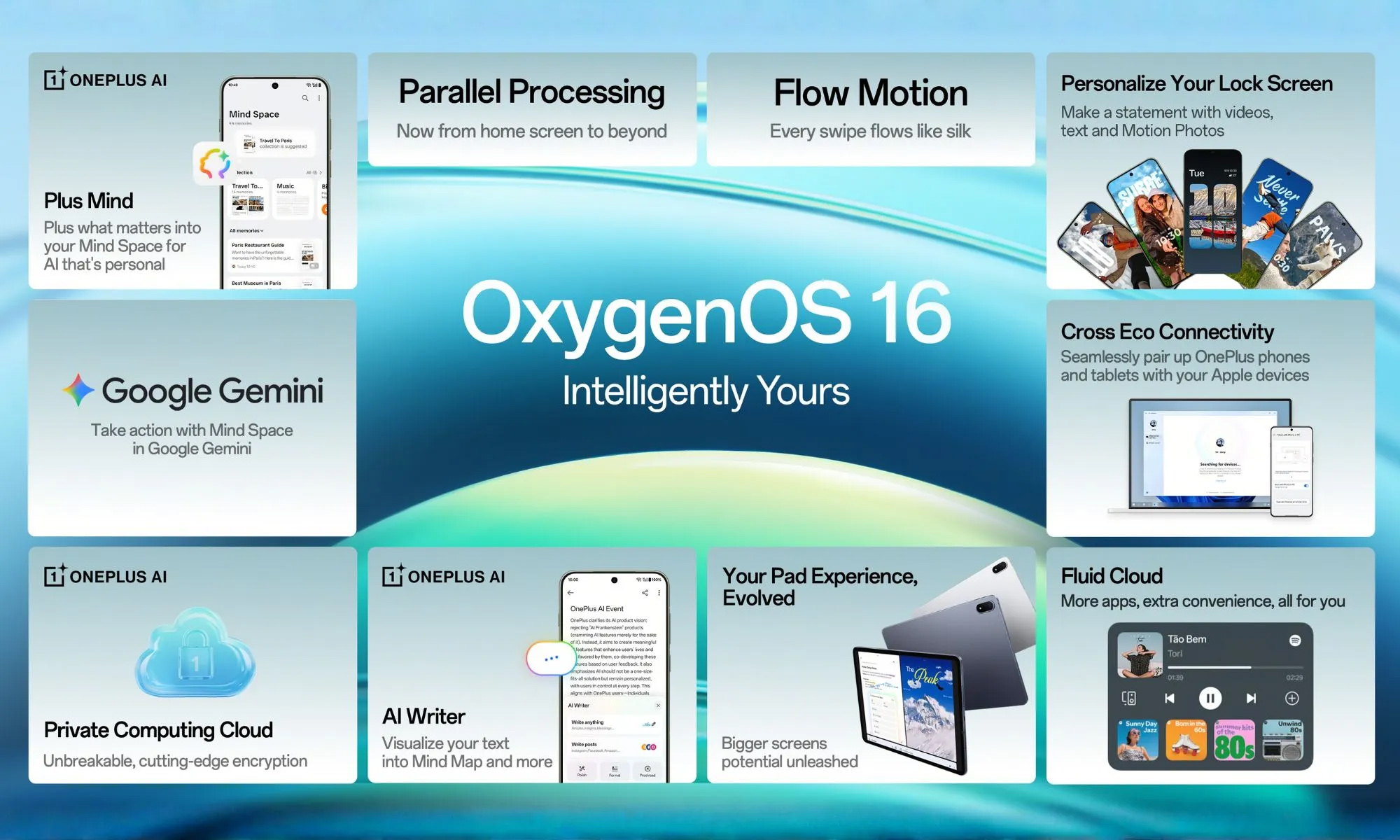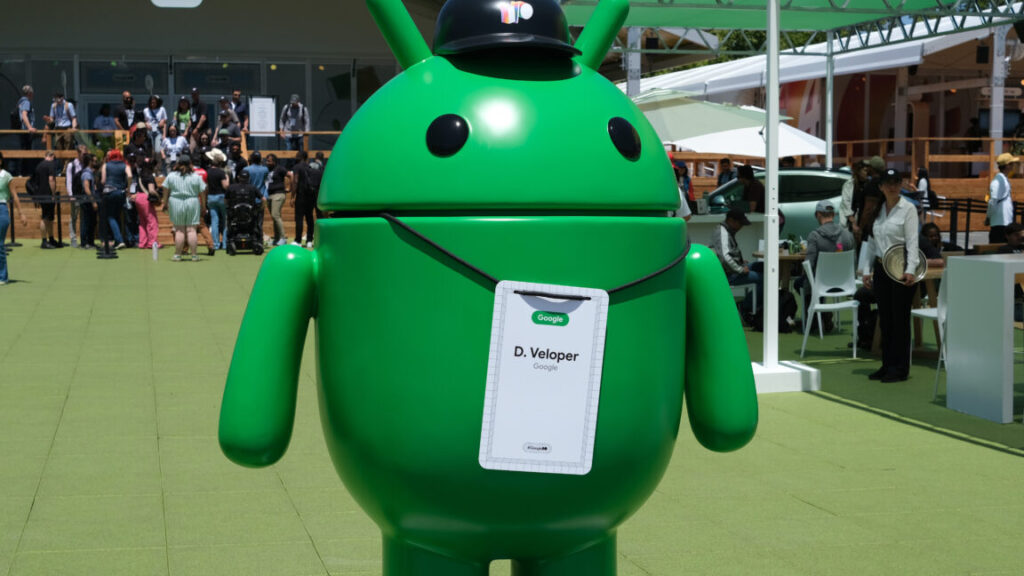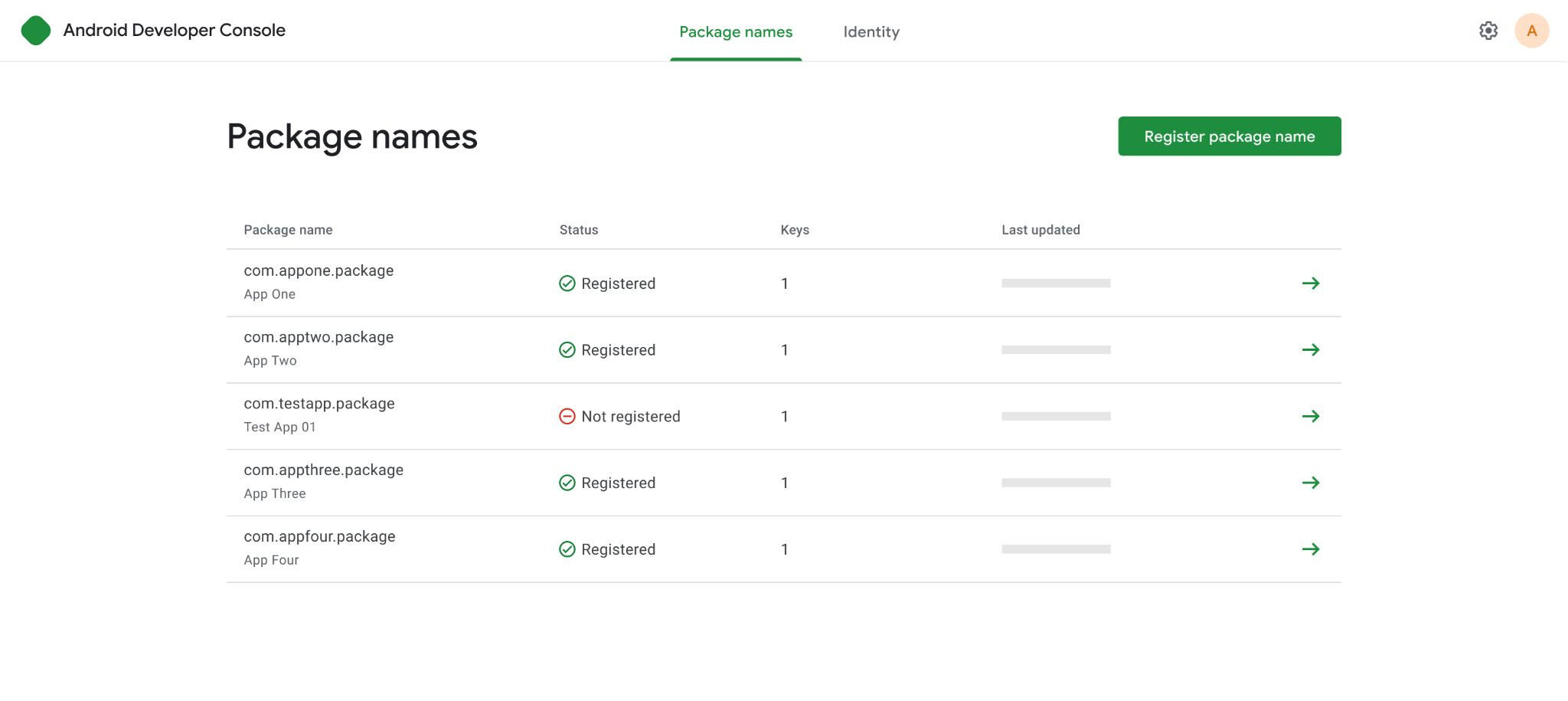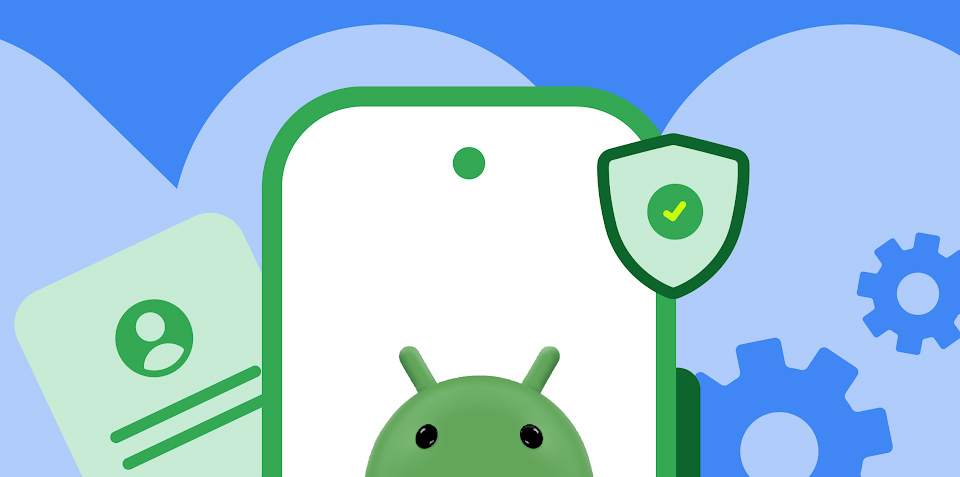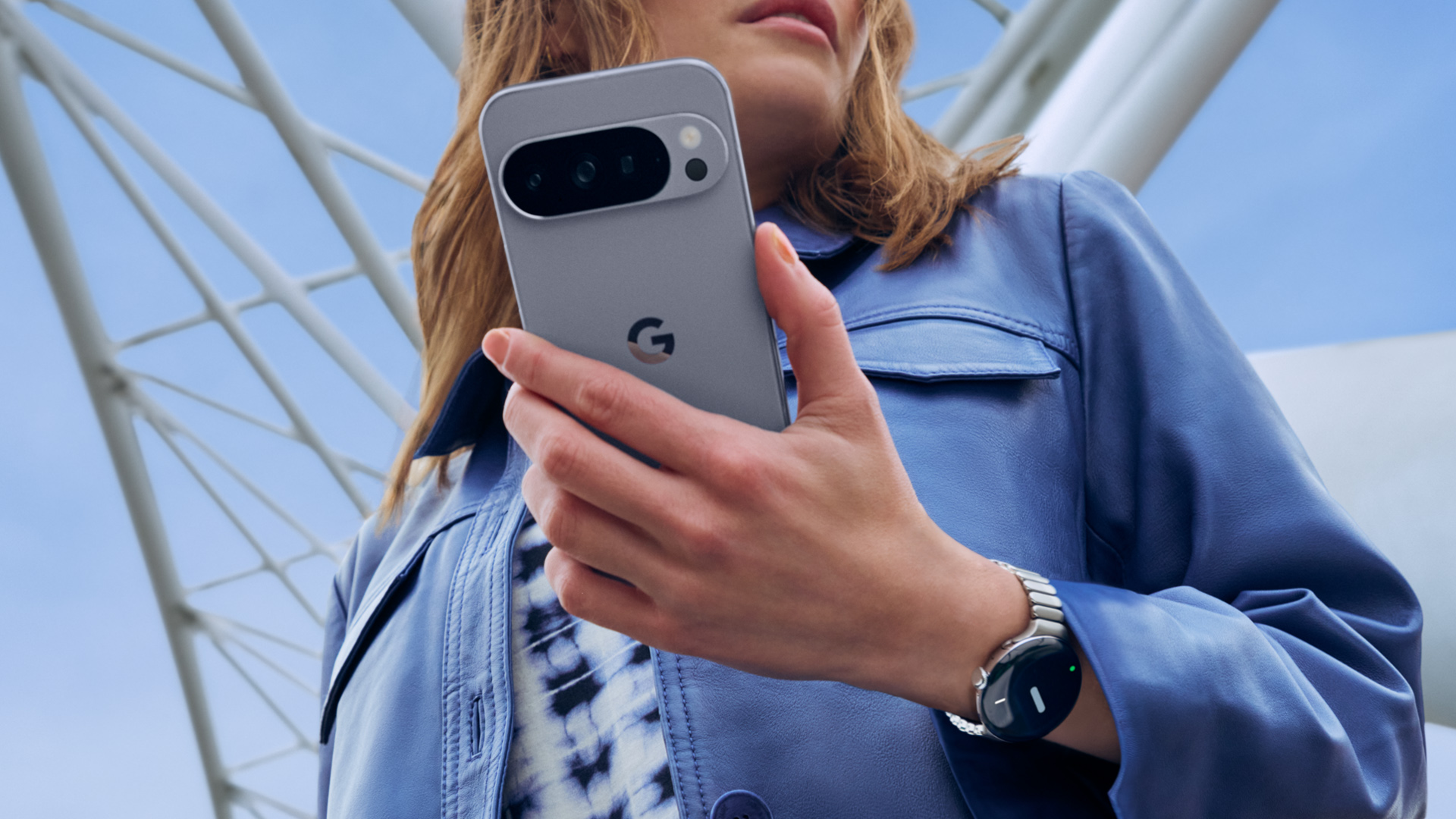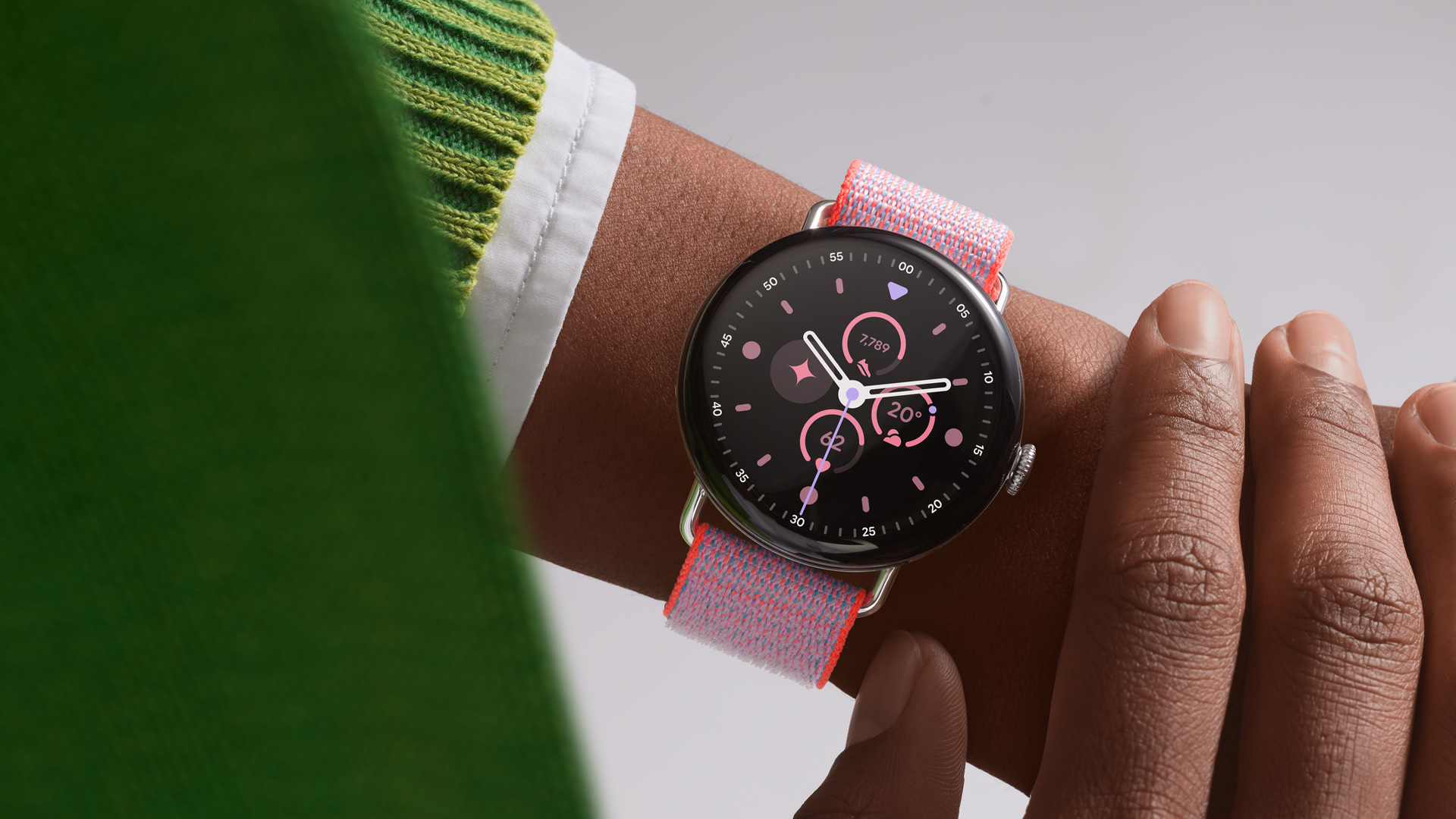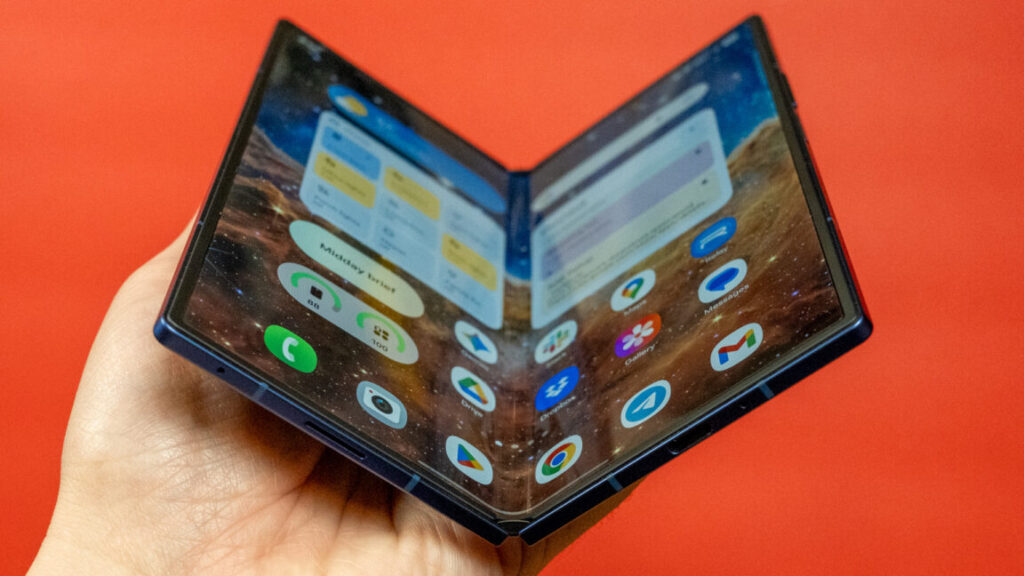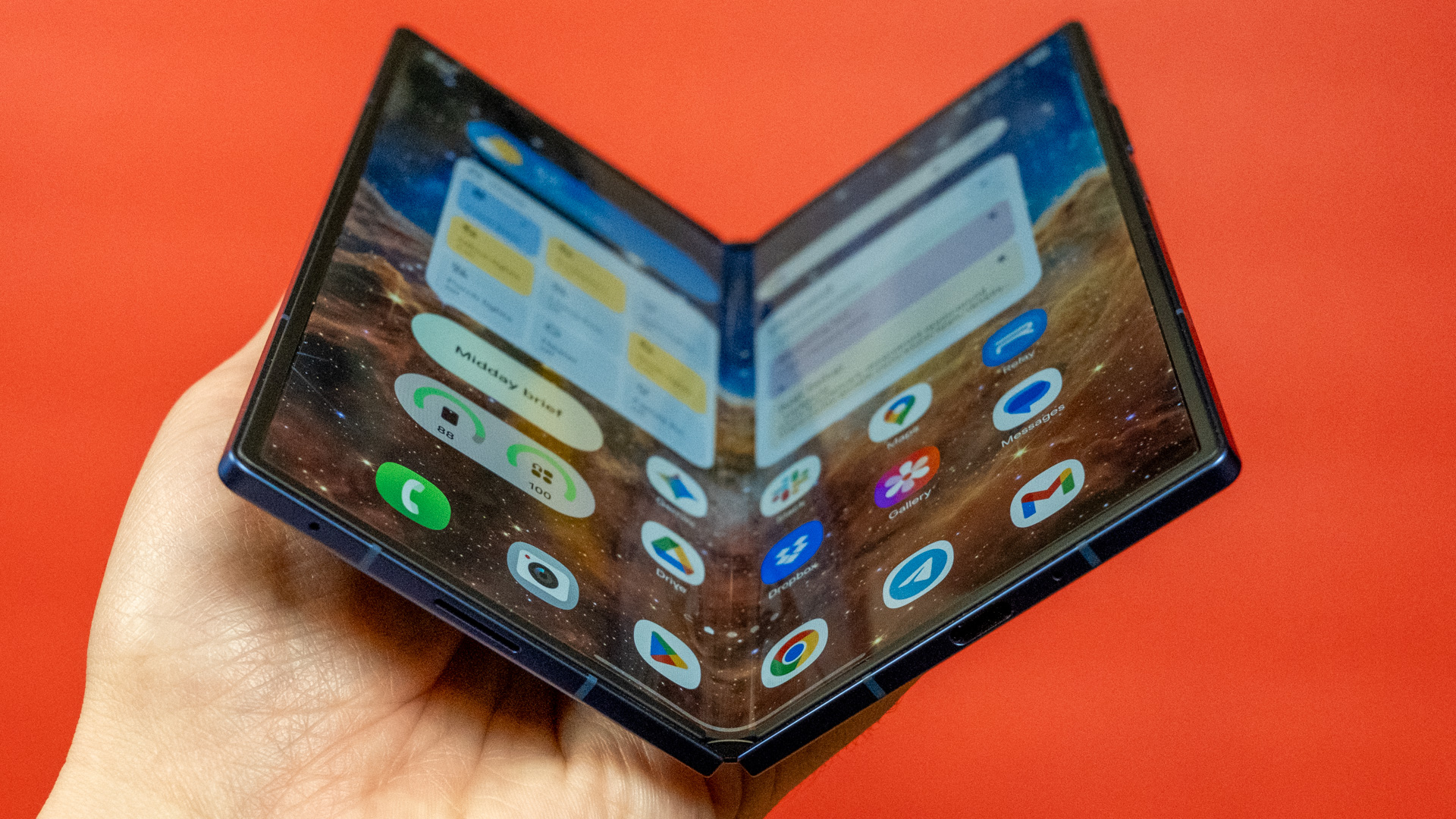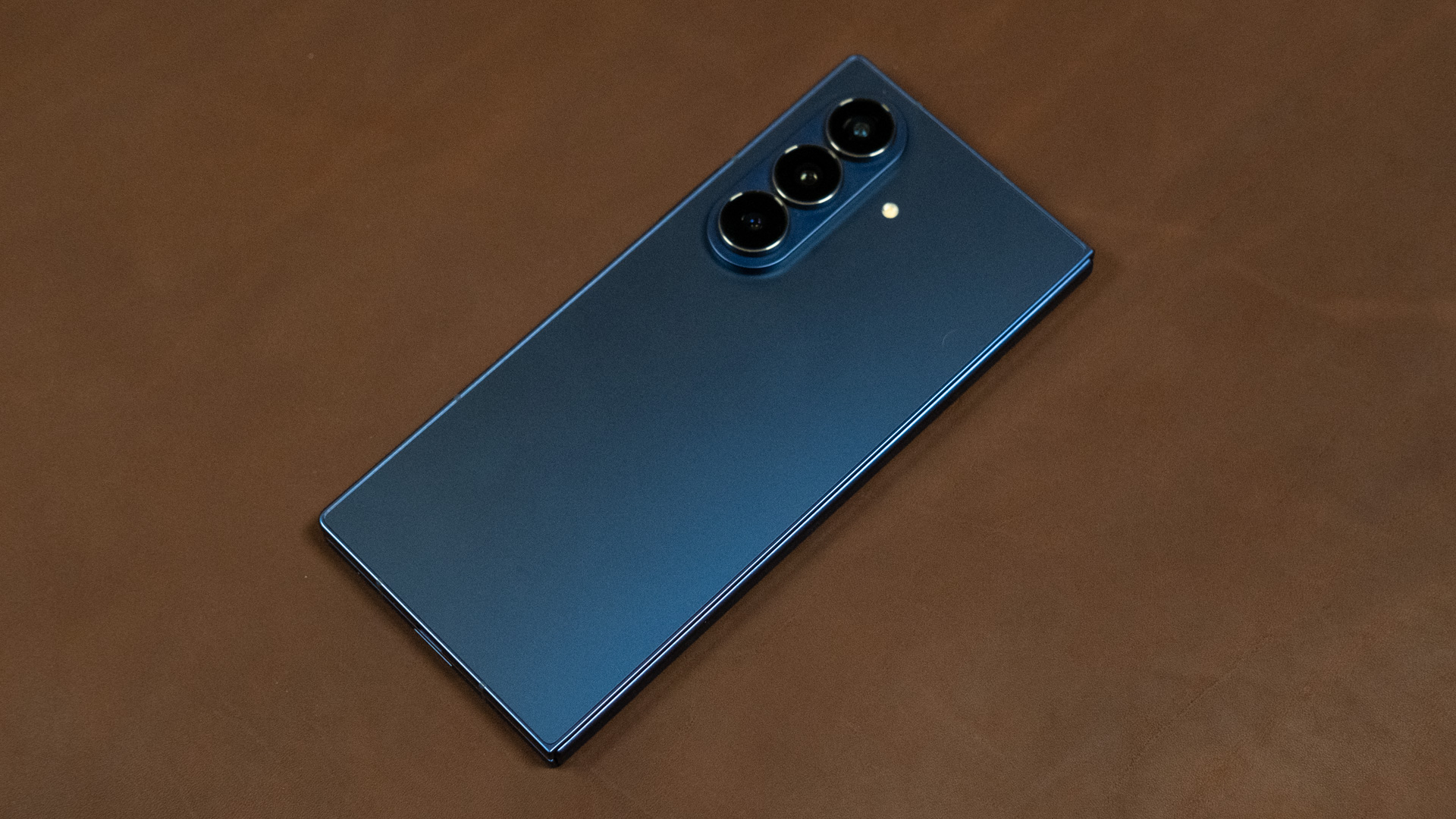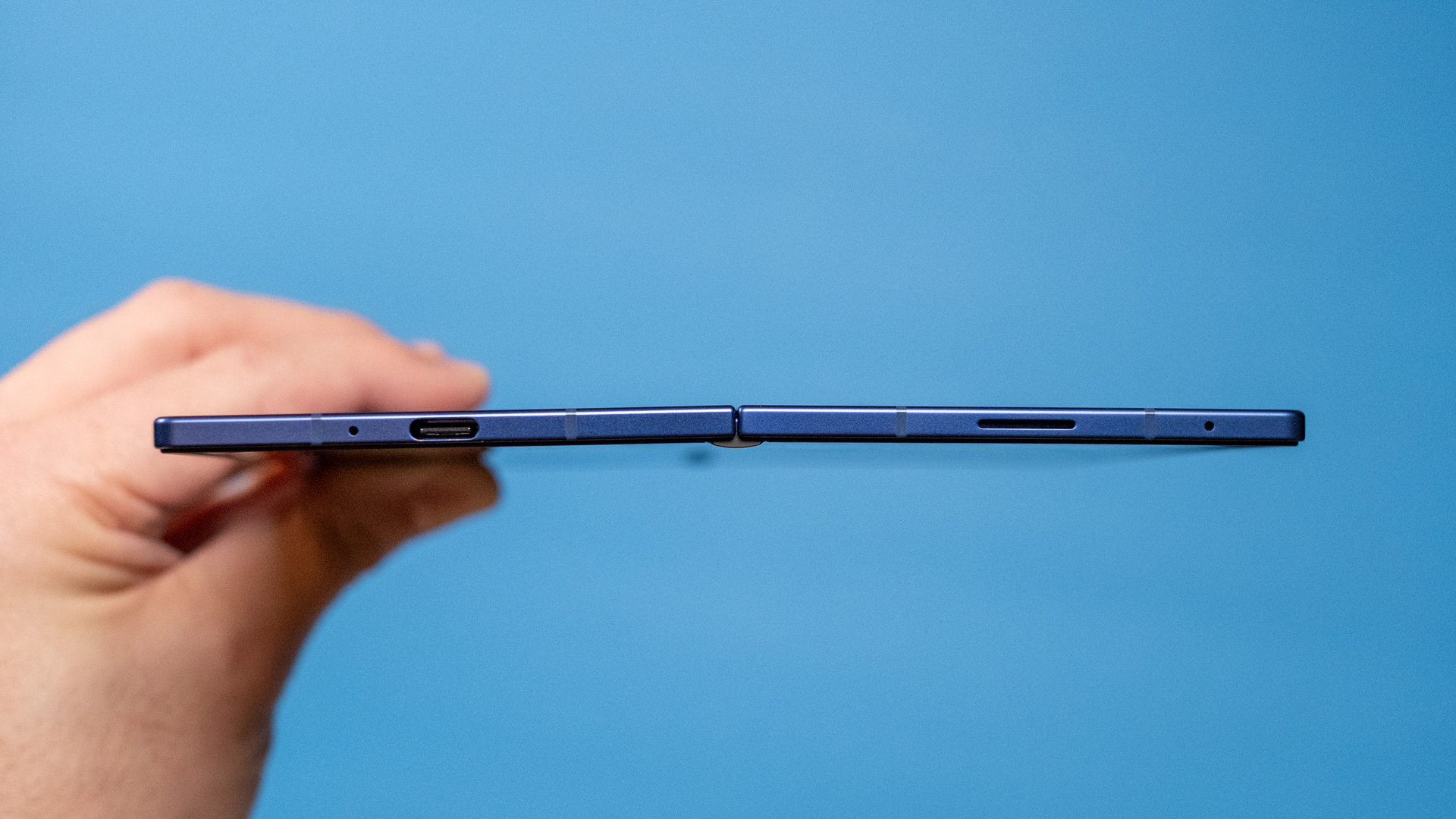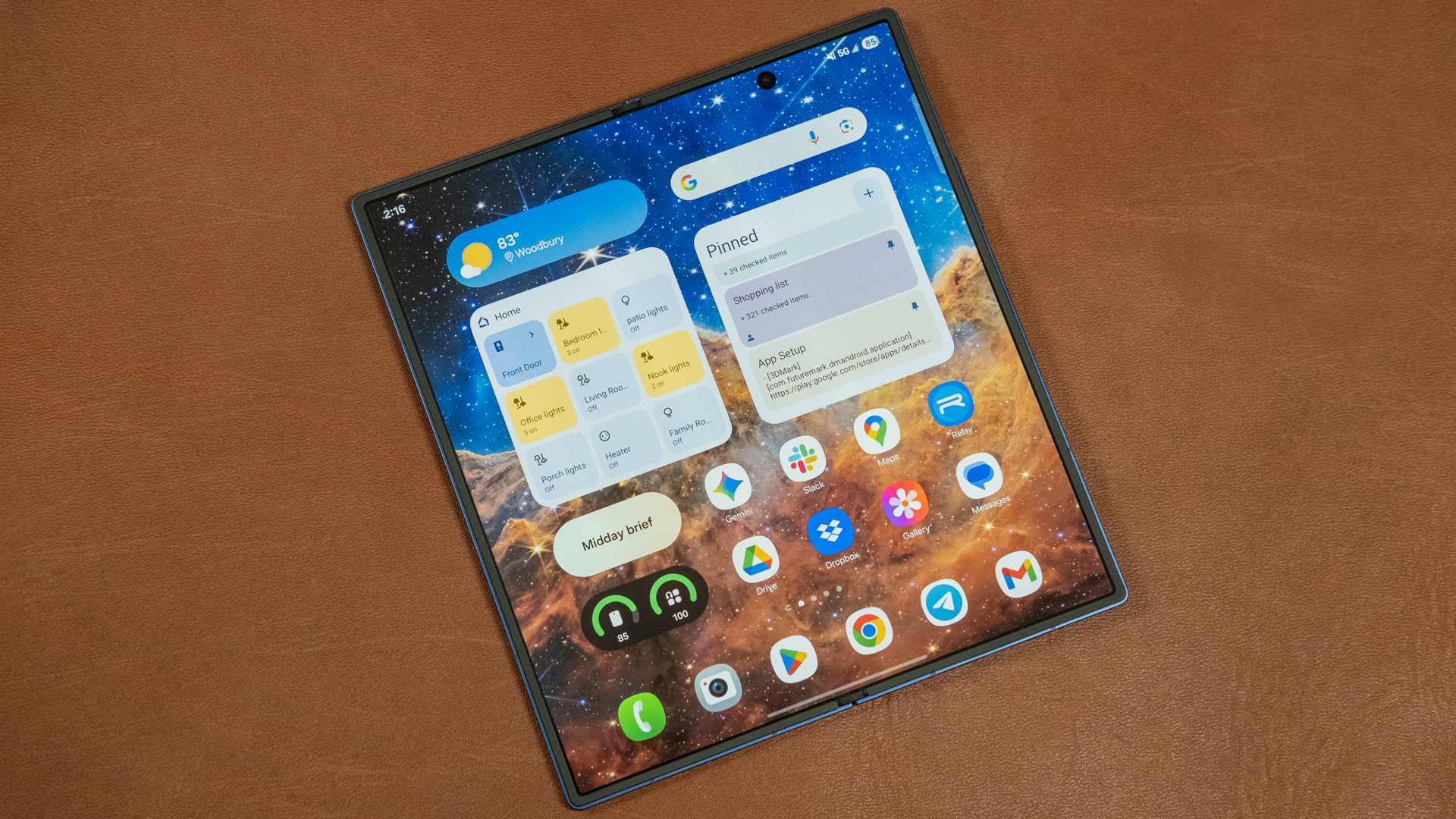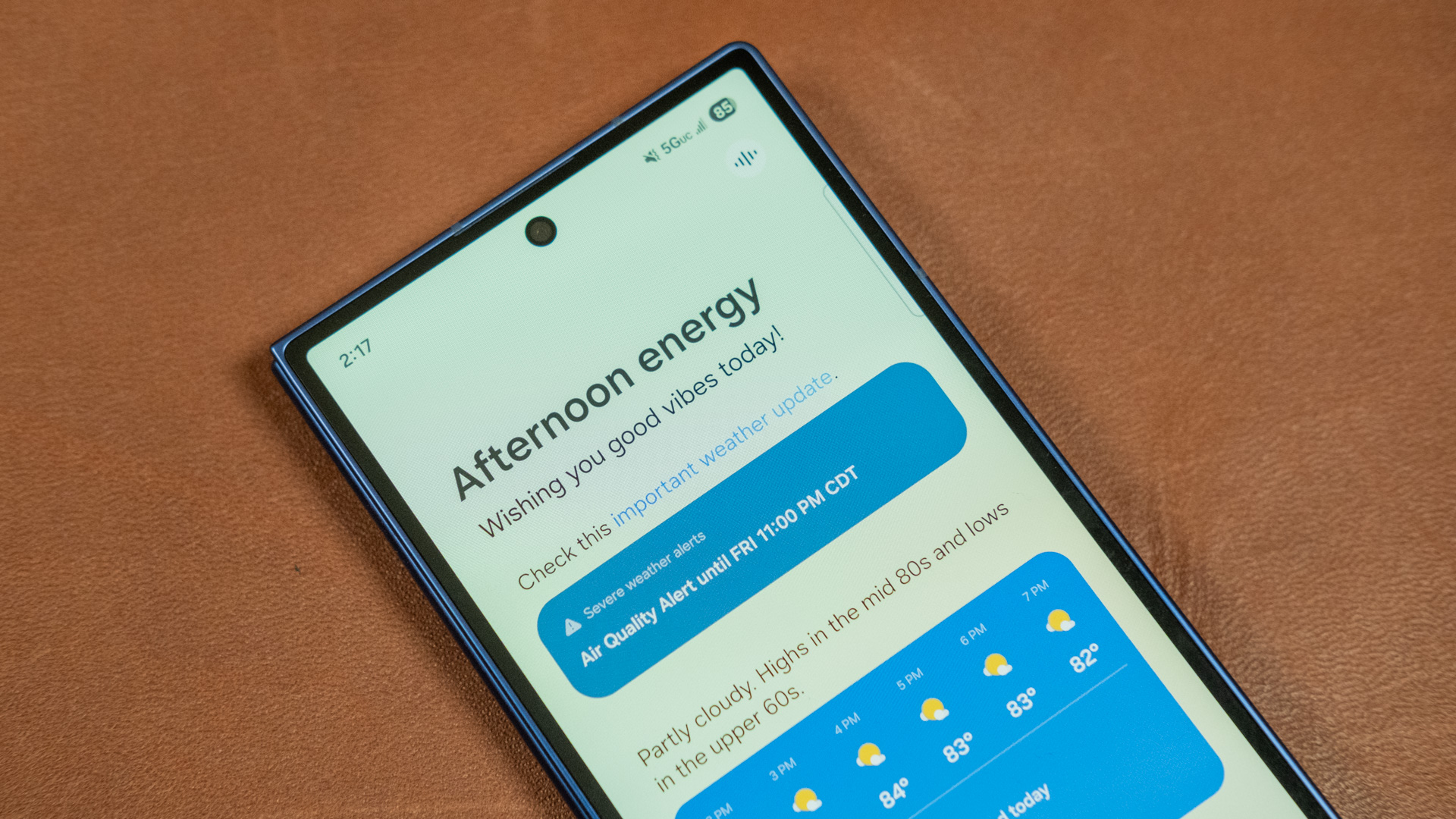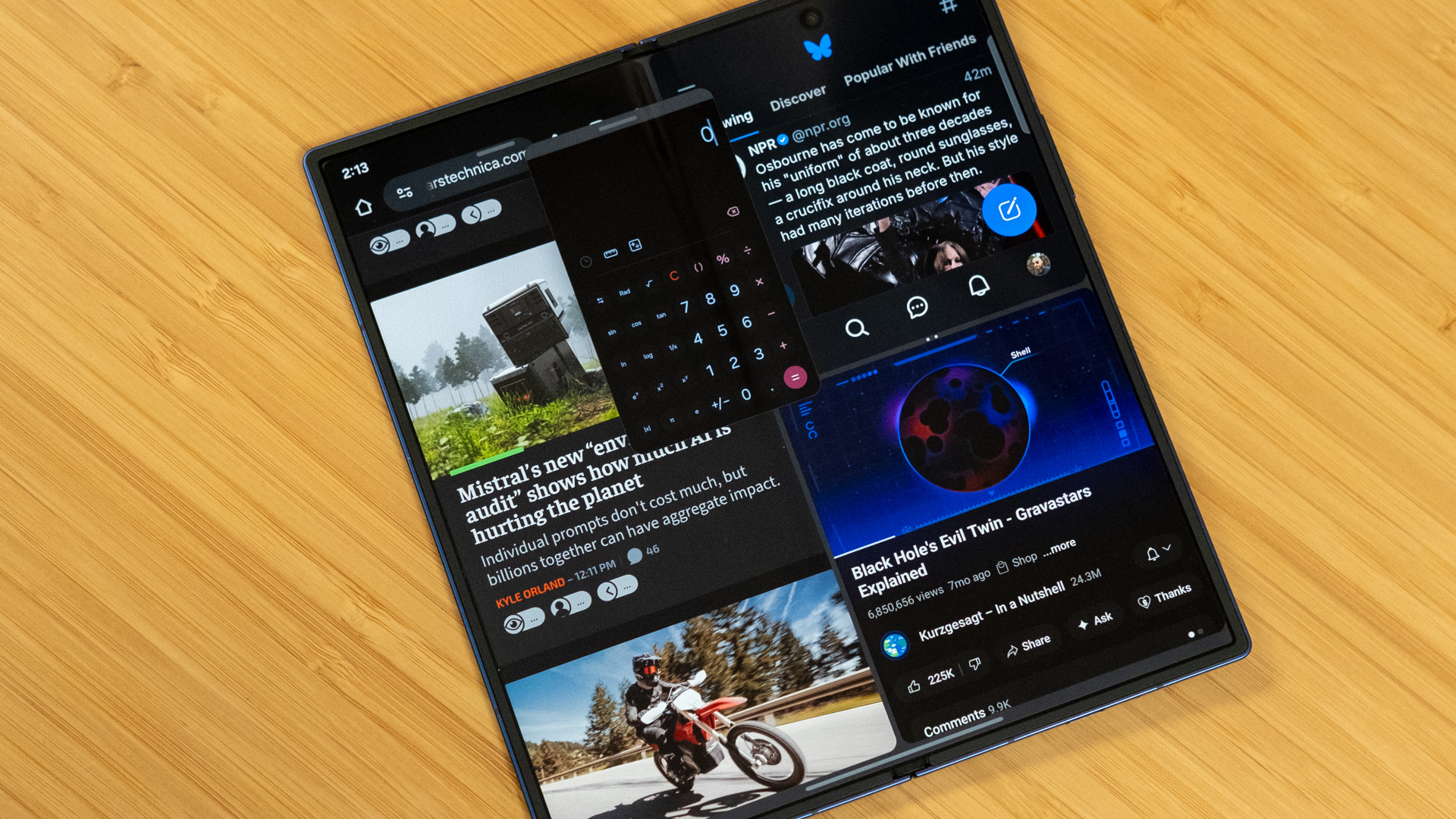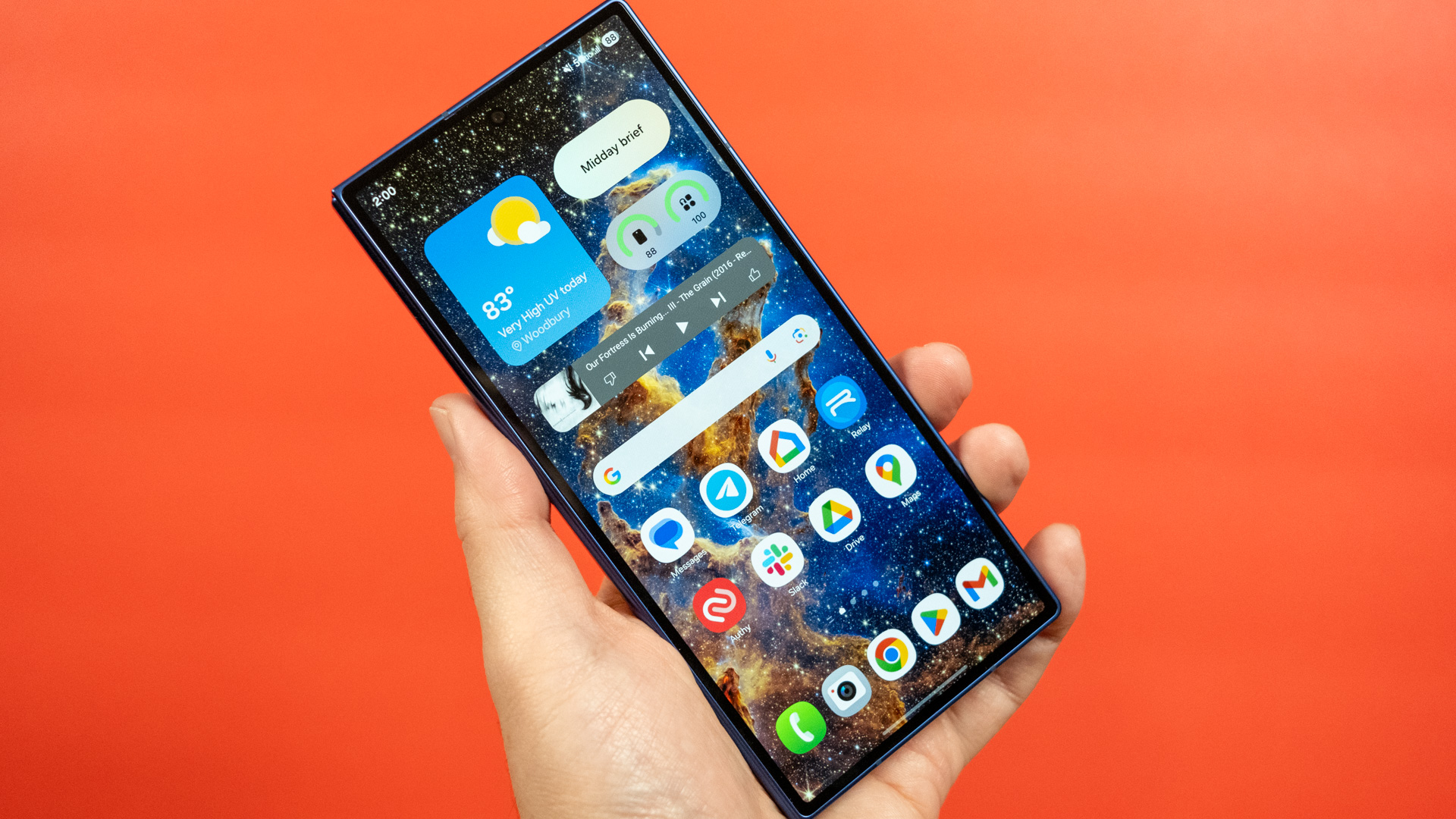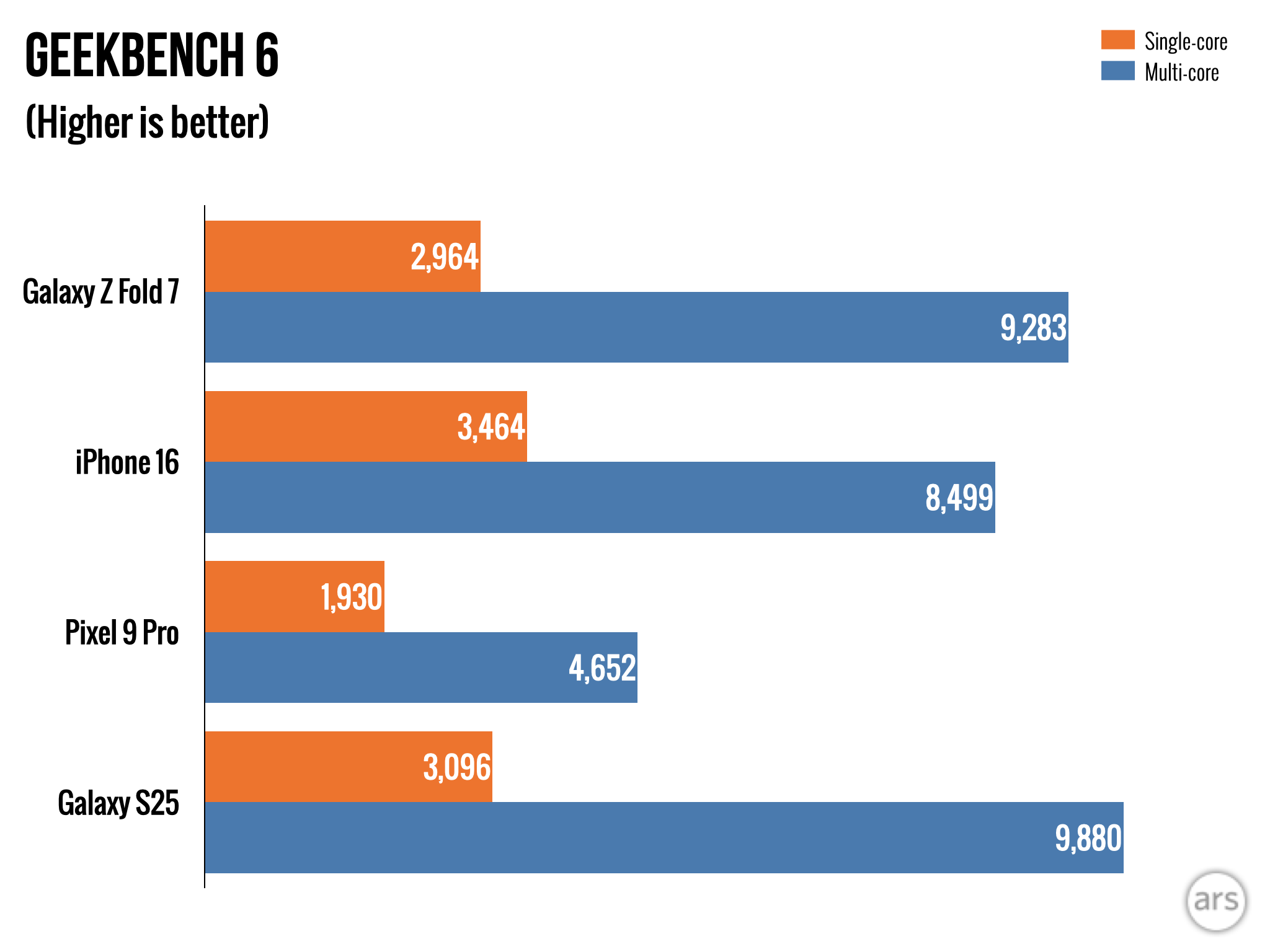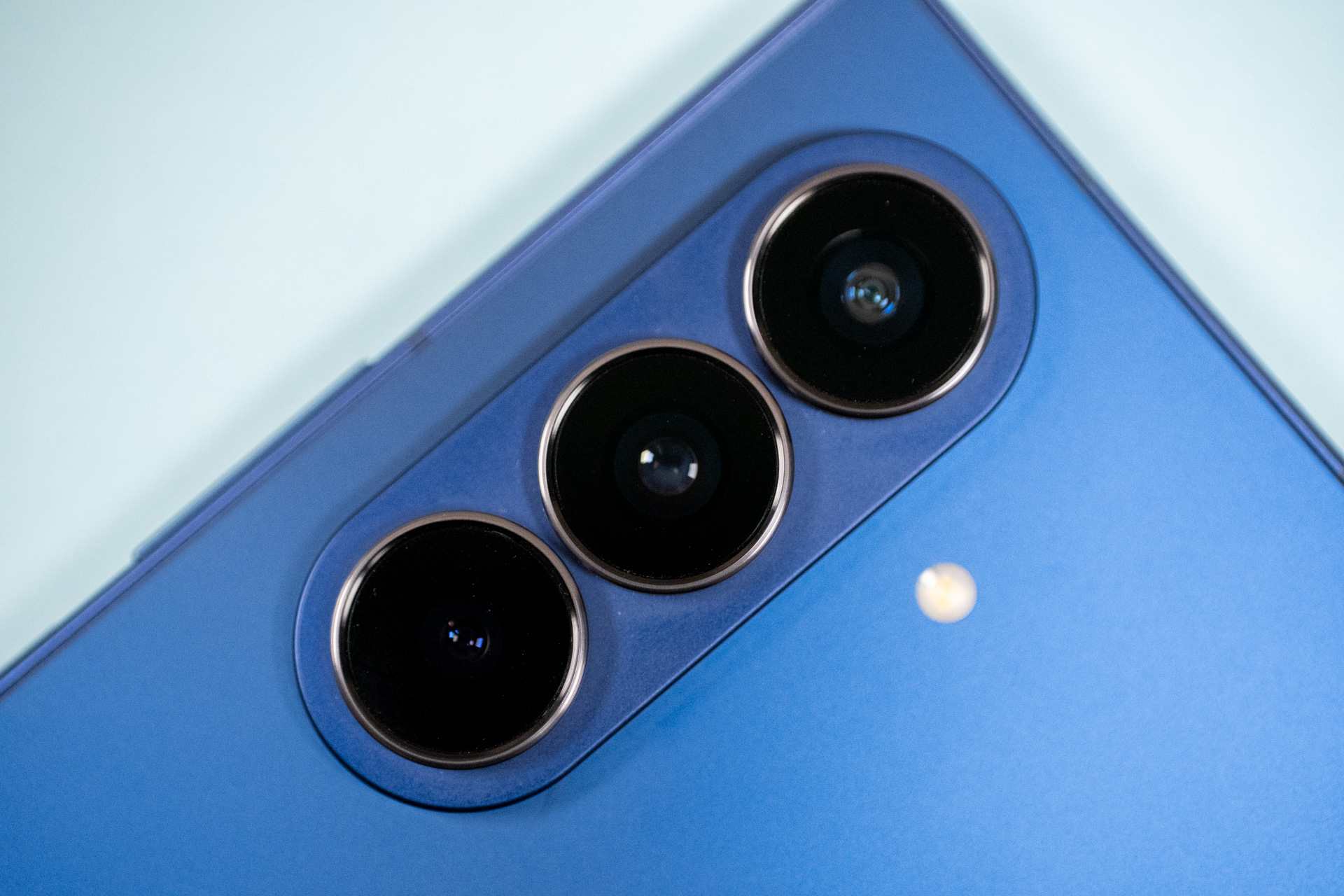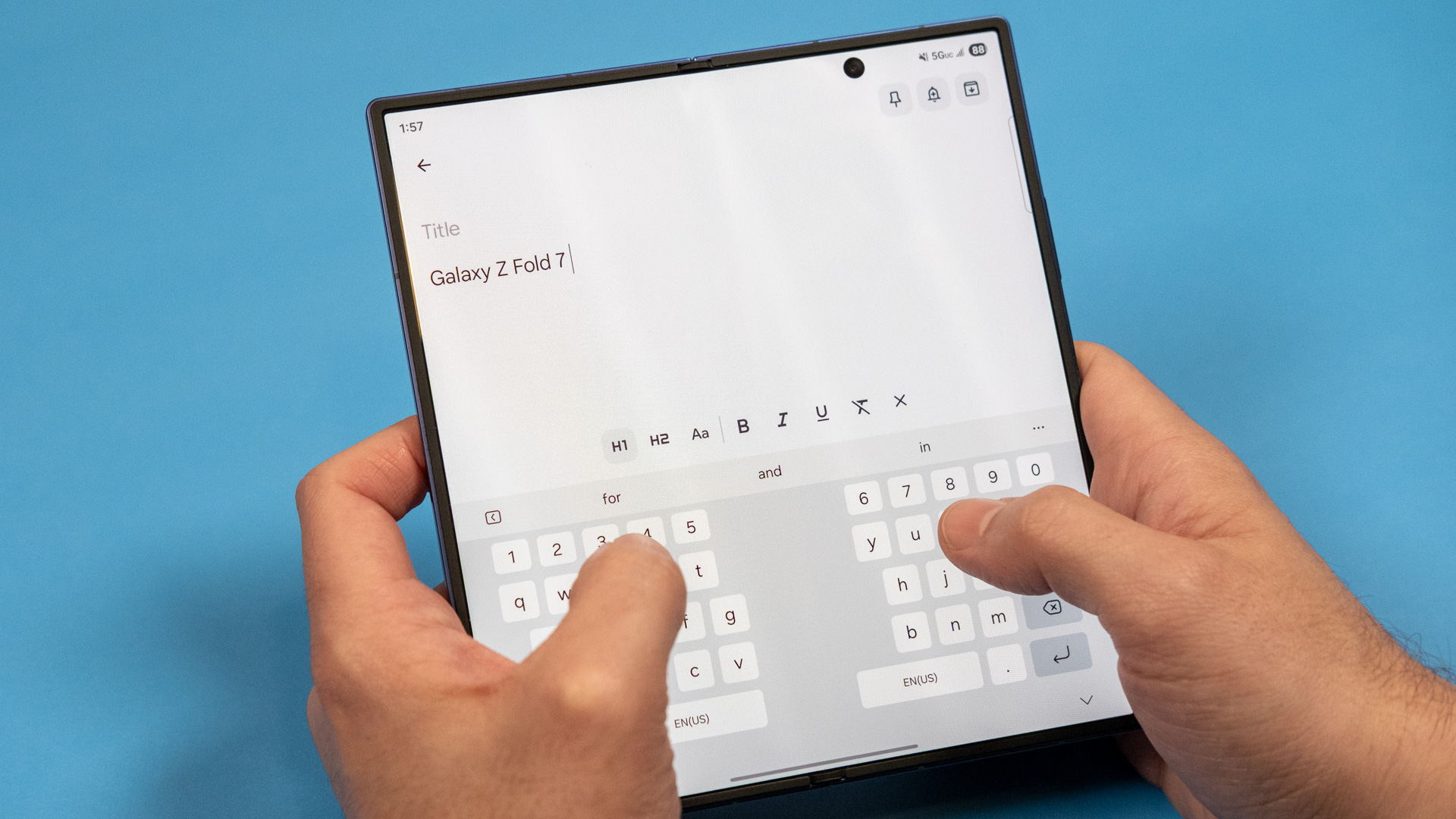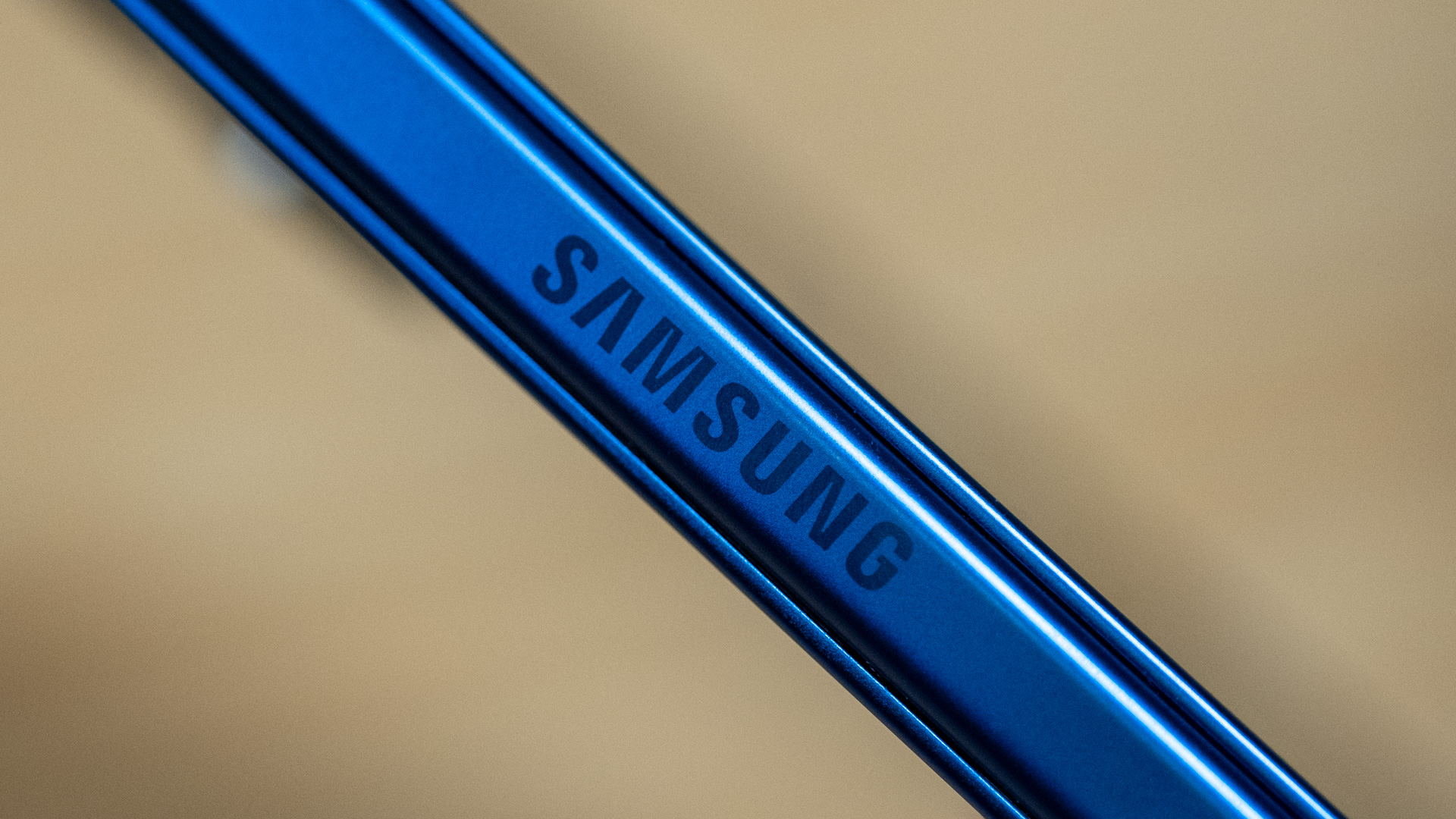OnePlus 15 finally gets FCC clearance after government shutdown delay—preorders live
In the Ars review of the OnePlus 15, we were floored by the phone’s incredible battery life and super-fast charging. The device’s other performance characteristics are similarly speedy, as is the OnePlus way. However, the phone is also less interesting visually compared to its predecessor, and the camera is a step down compared to the OnePlus 13, which launched not even a year ago.
There is somehow a 7,300 mAh battery in there. Credit: Ryan Whitwam
If you’re convinced, you can get in line now. Just don’t expect the phone to show up immediately. OnePlus estimates that the first units will arrive just days before the end of 2025. On the plus side, anyone who preorders now will get a free gift. You can currently choose between the OnePlus Buds Pro 3, an AIRVOOC 50 W wireless charger (fully supported on the OnePlus 15), or one of several phone cases.
While OnePlus does make great phone cases, the earbuds are the highest value option at $180 MSRP. That’s not bad for a preorder bonus! However, OnePlus notes the freebies are only available while supplies last. You can wait for the phone to appear at other retailers, and it will eventually go on sale, but you won’t get the free earbuds.
OnePlus 15 finally gets FCC clearance after government shutdown delay—preorders live Read More »
